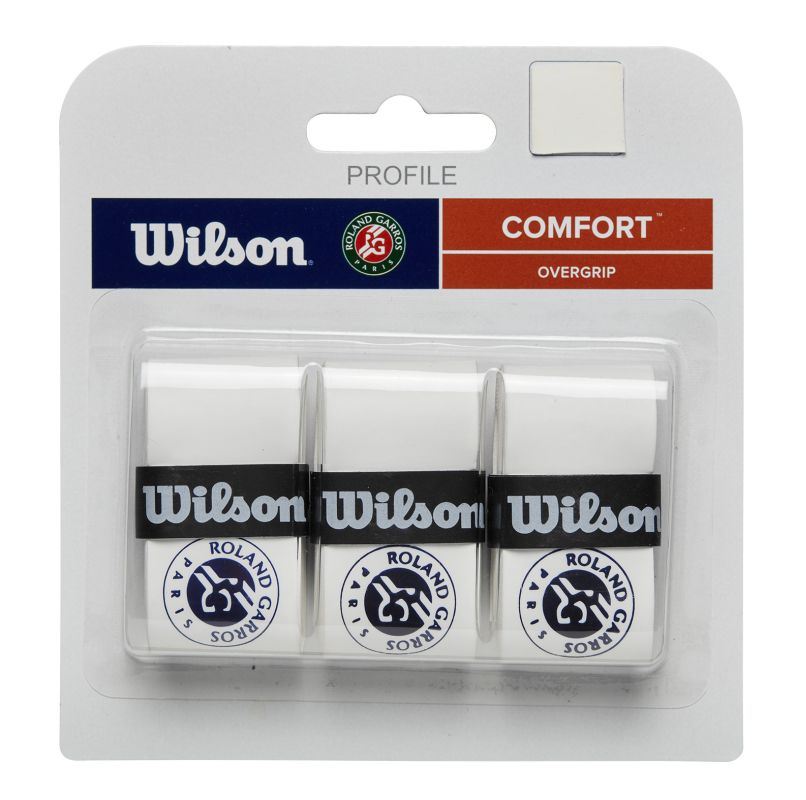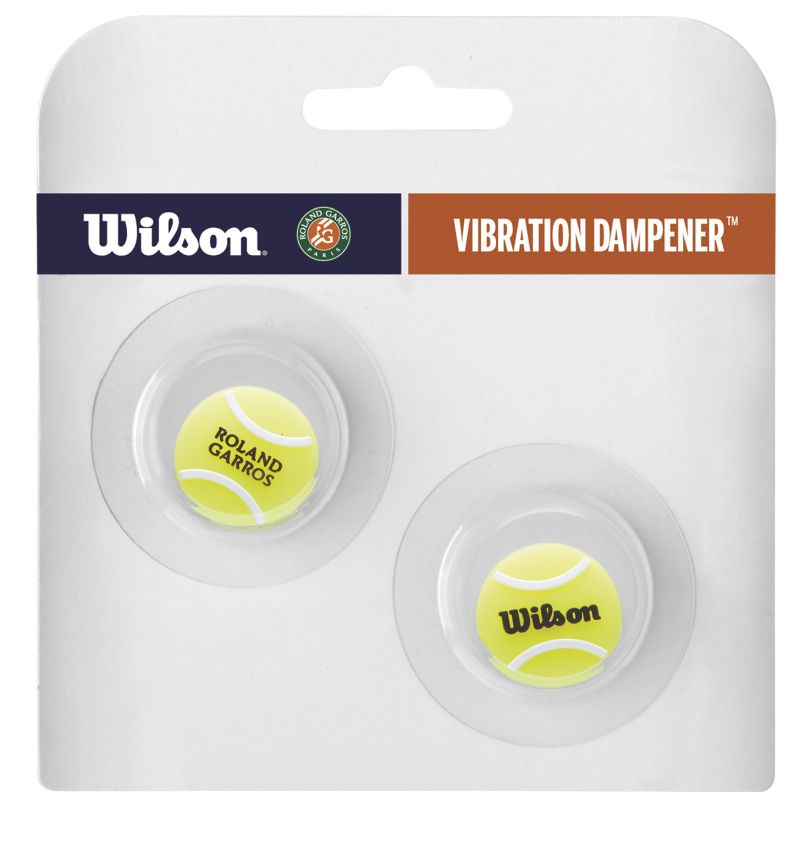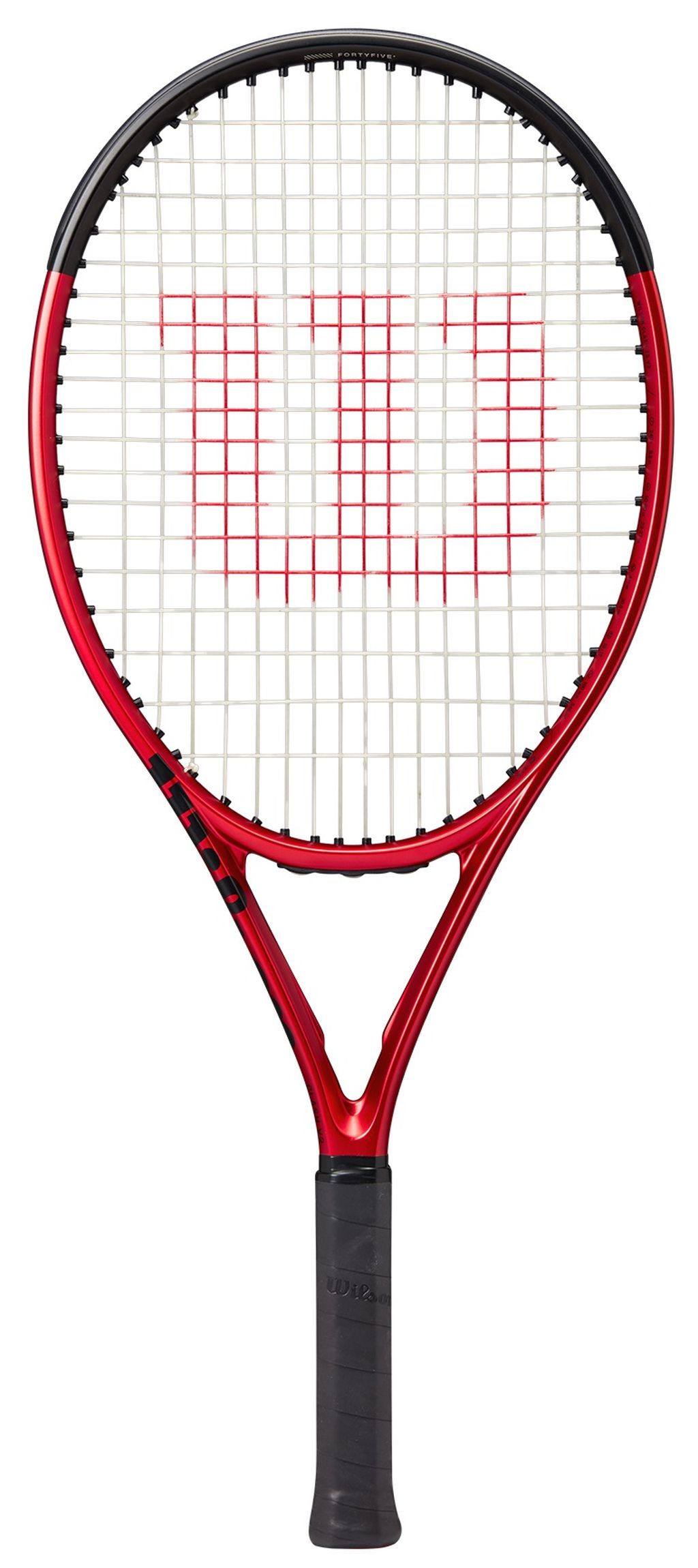

69,98 €
Save 49%



69,98 €
Informacje o produkcie
Wilson Clash 25 V2.0
Delight in the precision of the Wilson Clash 25 V2.0 Junior Tennis Racket - a dream training tool for young tennis enthusiasts. Designed with the aspiration of perfection in mind, this racket embodies a blend of performance-driven parameters and impeccable quality to suit juniors' game requirements.
Engineered with Leading-Edge Technology
The Wilson Clash 25 V2.0 is seamlessly integrated with advanced technologies such as FORTYFIVE, PARALLEL DRILLING, VERTICAL BENDING, HORIZONTAL BENDING, & TORSIONAL BENDING. These improvements enrich the comfort level and provide more versatility during gameplay, enhancing every match's overall experience.
Product Specifications and Details
The Wilson Clash 25 V2.0 comes with a 16/19 string pattern, ensuring dynamic gameplay and comfort. Its 240g weight, 305mm balance, and a head size of 645 cm2 allow players optimal maneuverability. With a recommended string tension between 23-27 kg, it’s designed with proficiency in both power play and control.

Wilson Clash 25 V2.0
Delight in the precision of the Wilson Clash 25 V2.0 Junior Tennis Racket - a dream training tool for young tennis enthusiasts. Designed with the aspiration of perfection in mind, this racket embodies a blend of performance-driven parameters and impeccable quality to suit juniors' game requirements.
Engineered with Leading-Edge Technology
The Wilson Clash 25 V2.0 is seamlessly integrated with advanced technologies such as FORTYFIVE, PARALLEL DRILLING, VERTICAL BENDING, HORIZONTAL BENDING, & TORSIONAL BENDING. These improvements enrich the comfort level and provide more versatility during gameplay, enhancing every match's overall experience.
Product Specifications and Details
The Wilson Clash 25 V2.0 comes with a 16/19 string pattern, ensuring dynamic gameplay and comfort. Its 240g weight, 305mm balance, and a head size of 645 cm2 allow players optimal maneuverability. With a recommended string tension between 23-27 kg, it’s designed with proficiency in both power play and control.

Each offer available in the Tennis Zone is an original product, coming directly from manufacturers or trusted distributors.
Subscribe to newsletter
Save a 5%
Sign up for the free newsletter and do not miss any promotions and news, as well as individual offers from our store.

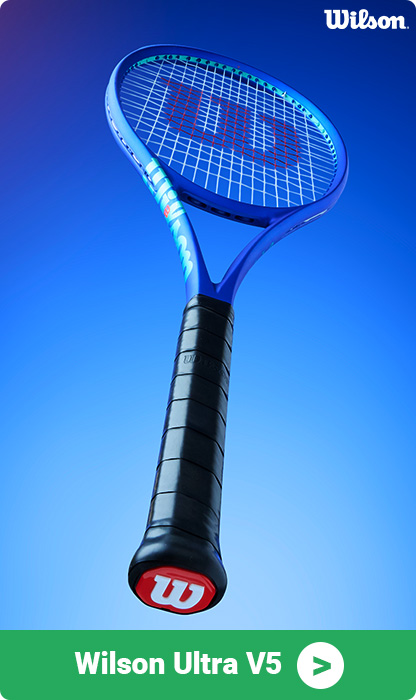
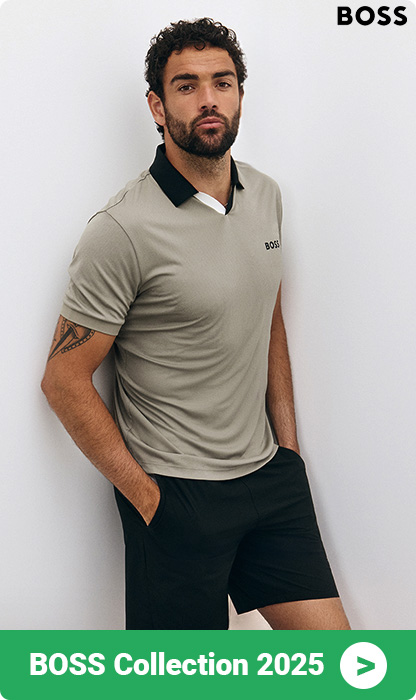
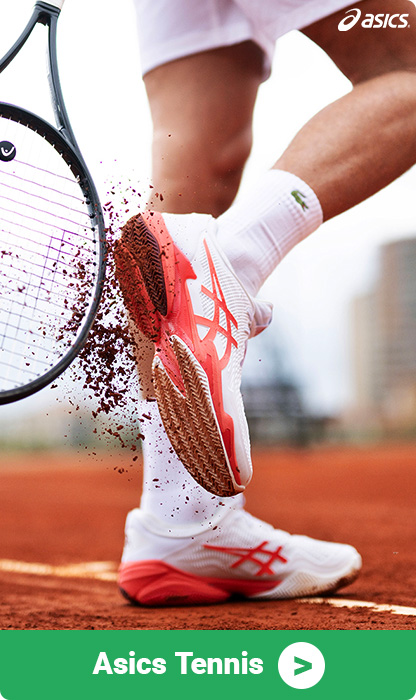
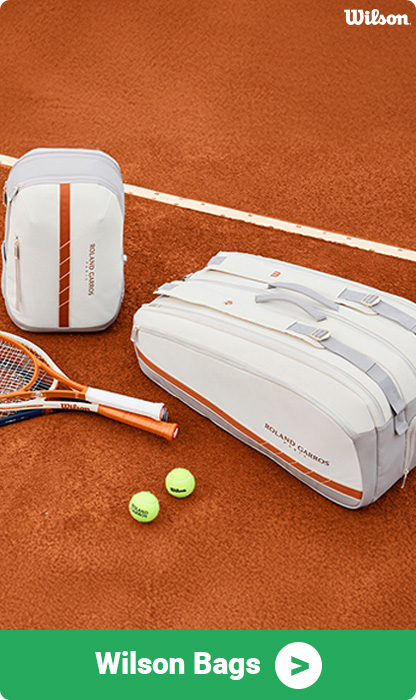
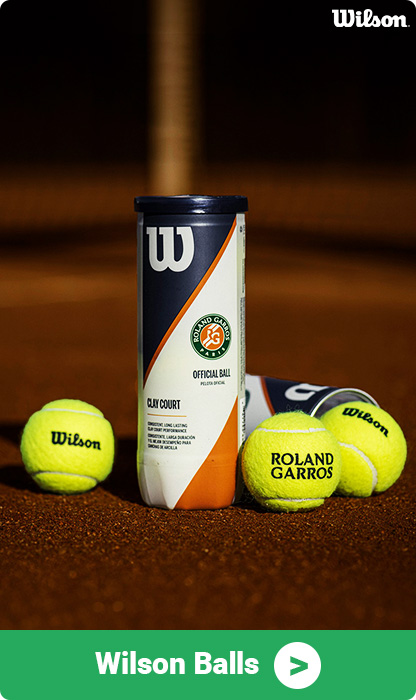
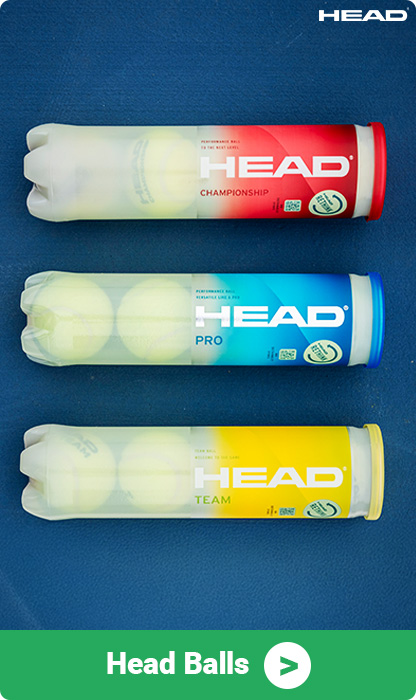
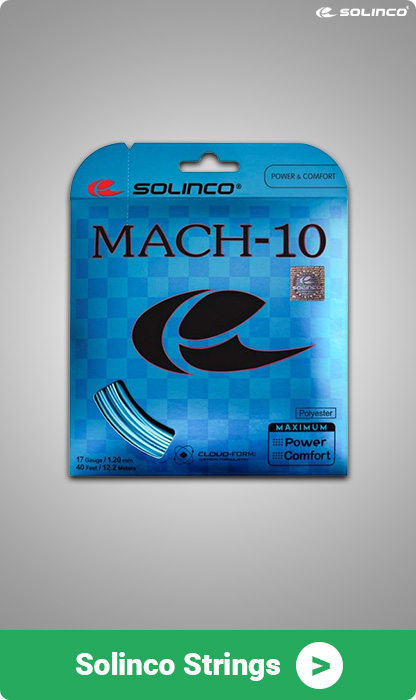
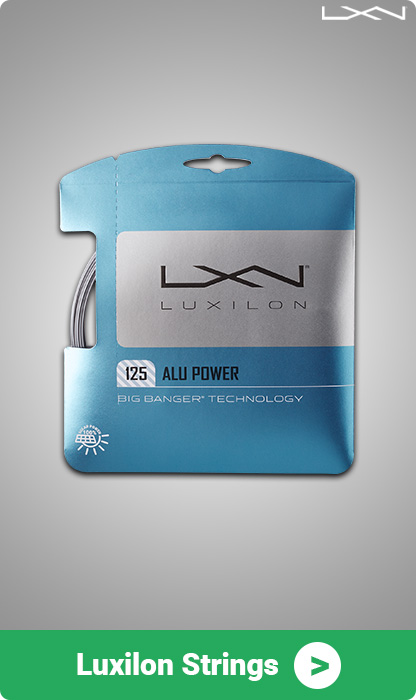
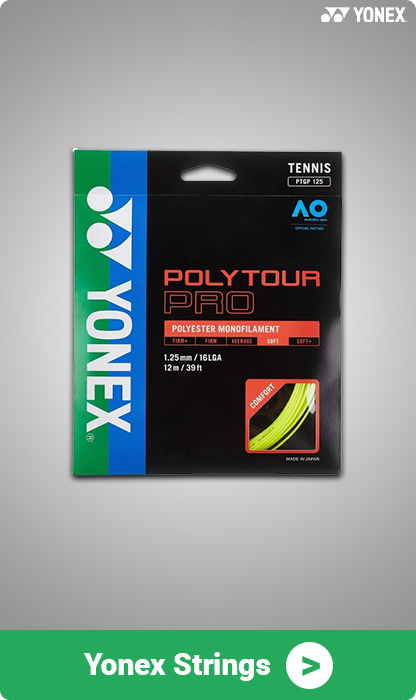
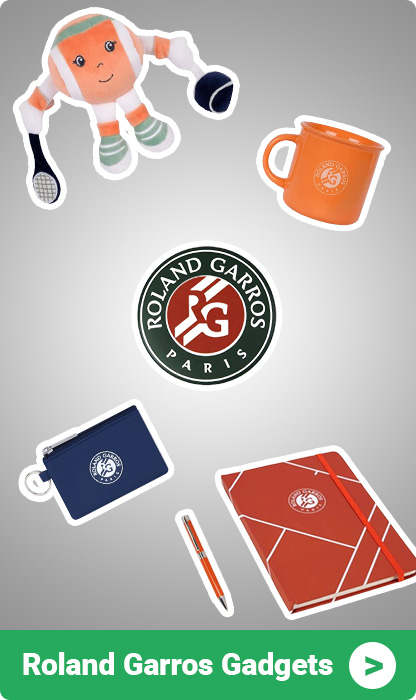












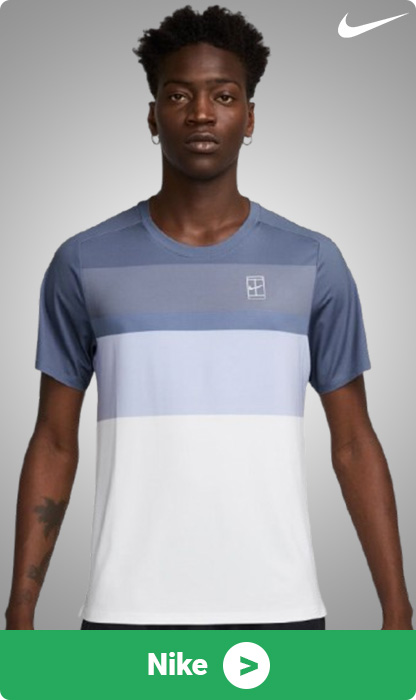
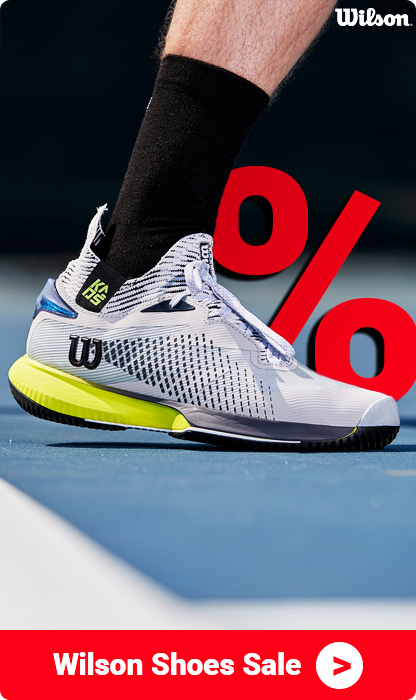
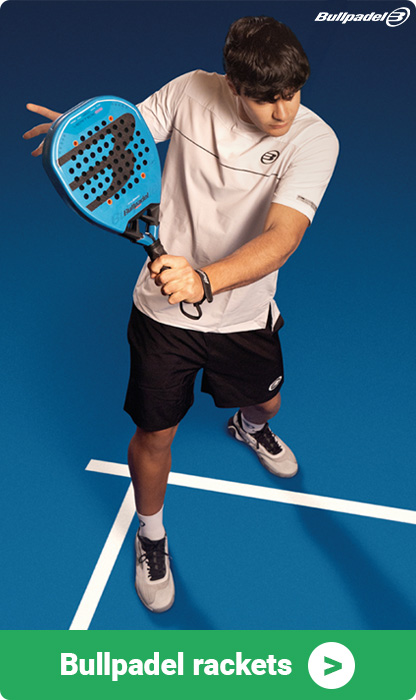
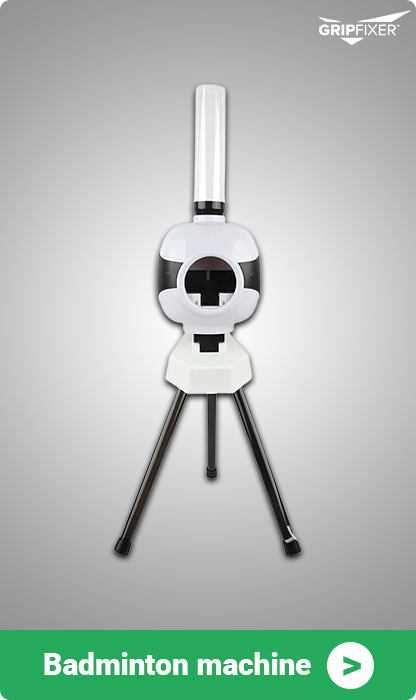
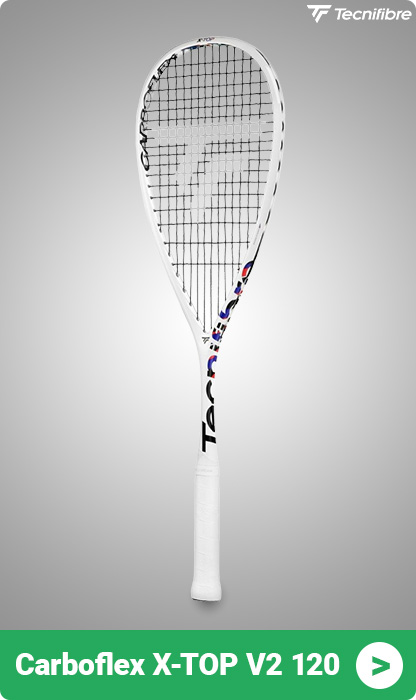
 tennis-zone.eu
tennis-zone.eu 
